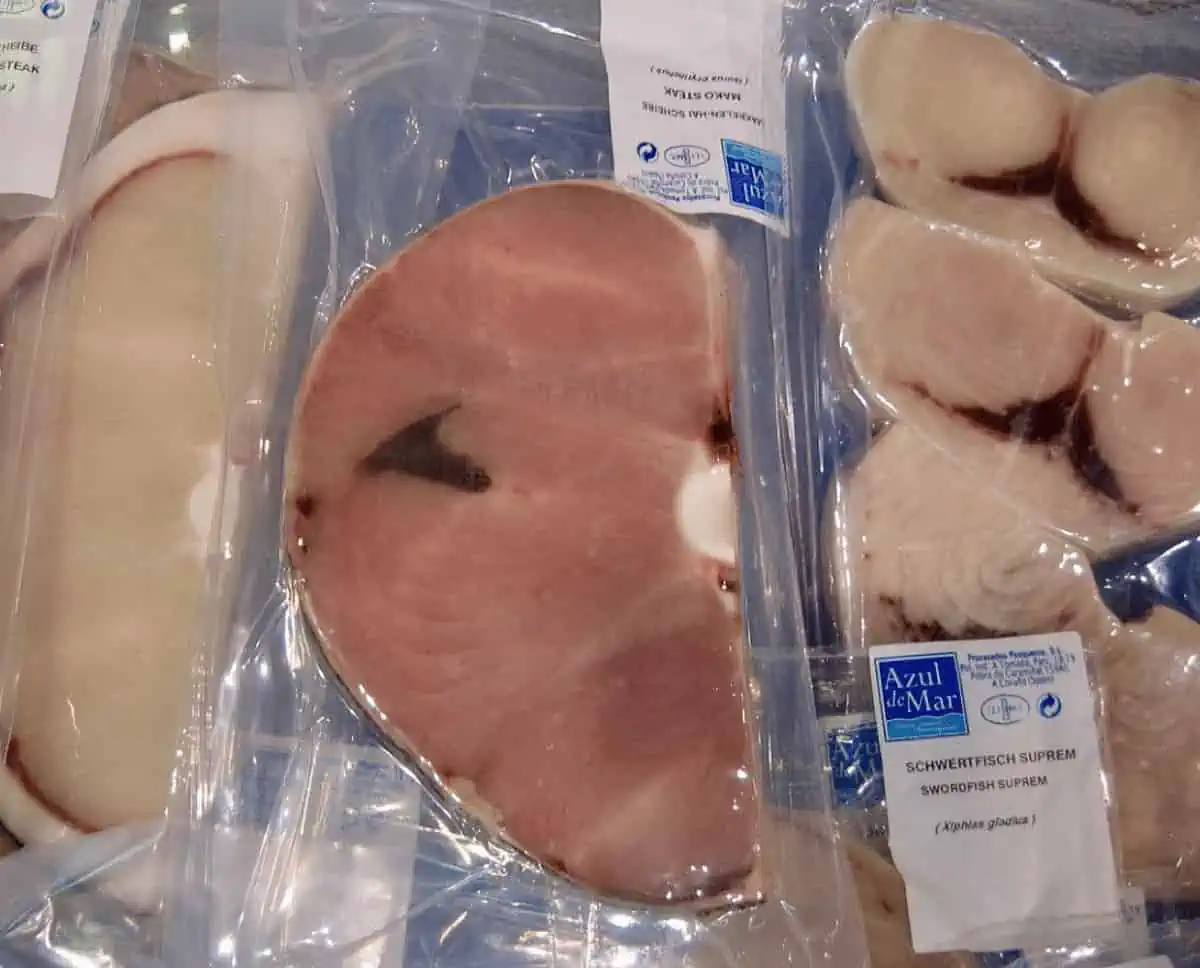A new report released this week by the World Wildlife Fund estimates a US$2.6 billion (2.2 billion Euro) global shark and ray meat trade between 2012 and 2019.
The report, “The Shark and Ray Meat Network: A Deep Dive Into a Global Affair,” sheds new light on a highly complex and opaque trade that WWF contends is contributing to the ongoing decline of shark and ray populations in the world’s oceans.
WWF worked with a team of scientists to develop the first analysis of the global shark and ray trade network using graph theory — the mathematical study of a network of interacting elements — which reveals not only the major importers and exporters of shark and ray meat, but also the traders playing essential roles as intermediaries.

The report shows how and where to focus international efforts to reverse the decline of the global shark and ray population, and calls for far greater transparency and traceability that are needed to stop the ongoing depletion of these species — and of the ocean more broadly. Today, 36% of the more than 1,200 known shark and ray species are threatened with extinction, according to WWF.
Even though shark fins are generally much more expensive than shark meat, and the global fin trade has received far more attention to date, the global trade in shark and ray meat is actually larger than the trade in fins, both in volume and value, according to WWF. It is dominated by Spain (exporting shark meat to 85 different countries and territories), while the most important trade bridges for the shark meat network are between Japan and Spain, UK and Spain, Portugal and Spain, Japan and Panama, and China and Japan. The EU has established itself as the main supplier to Southeast and East Asian markets, with its own exports and imports accounting for about 22% of the total global shark meat trade.
Simone Niedermueller of WWF’s Mediterranean Marine Initiative said:
“We are eating more shark and ray meat than we realize, and this is happening everywhere, including in Europe, with serious consequences for some species already at risk of extinction. Sharks and rays are migrating more when they are dead than alive, as their meat crosses over 200 borders, with some Mediterranean and European countries playing key roles as importers and exporters, as well as consumers. It’s a global trade that requires management and transparency to tackle illegality and the rapid depletion of sharks and rays in our ocean.”
You can read the full report here.
(Featured Image credit: Wild Wonders of Europe/Staffan Widstrand/WWF)

